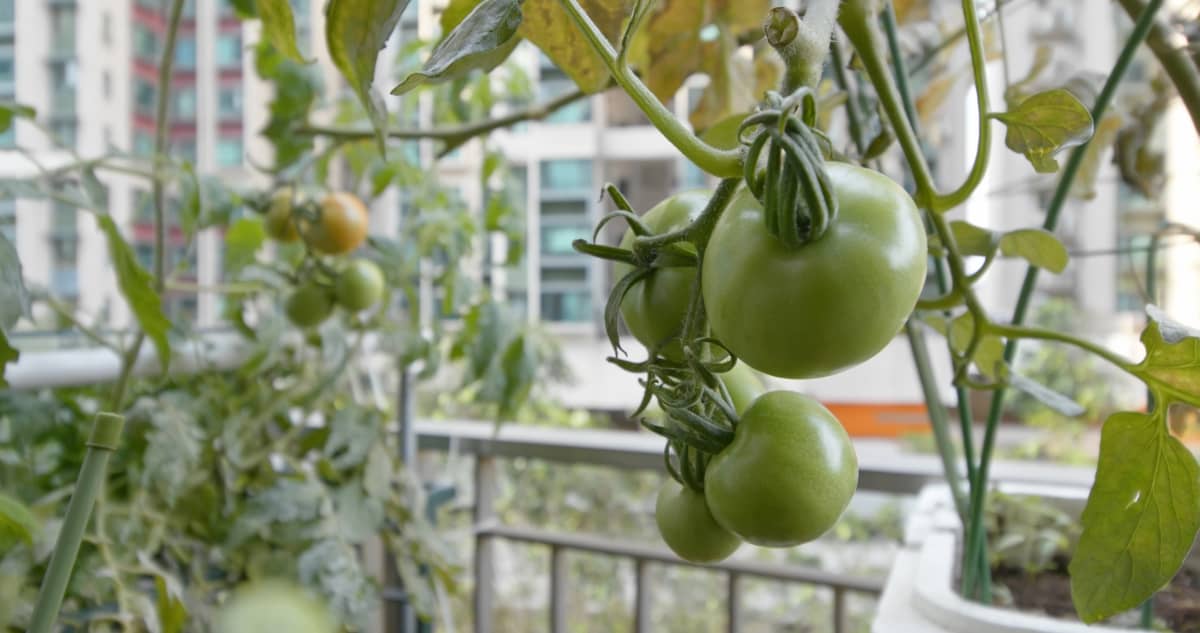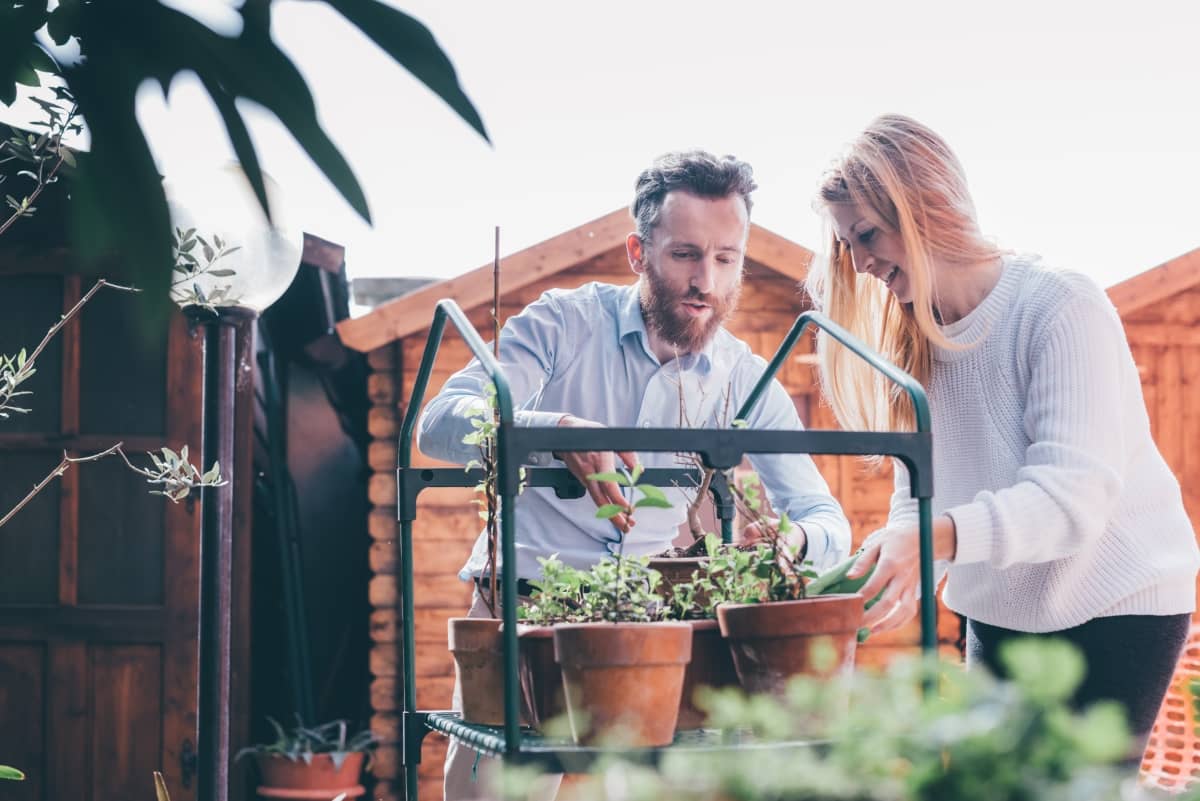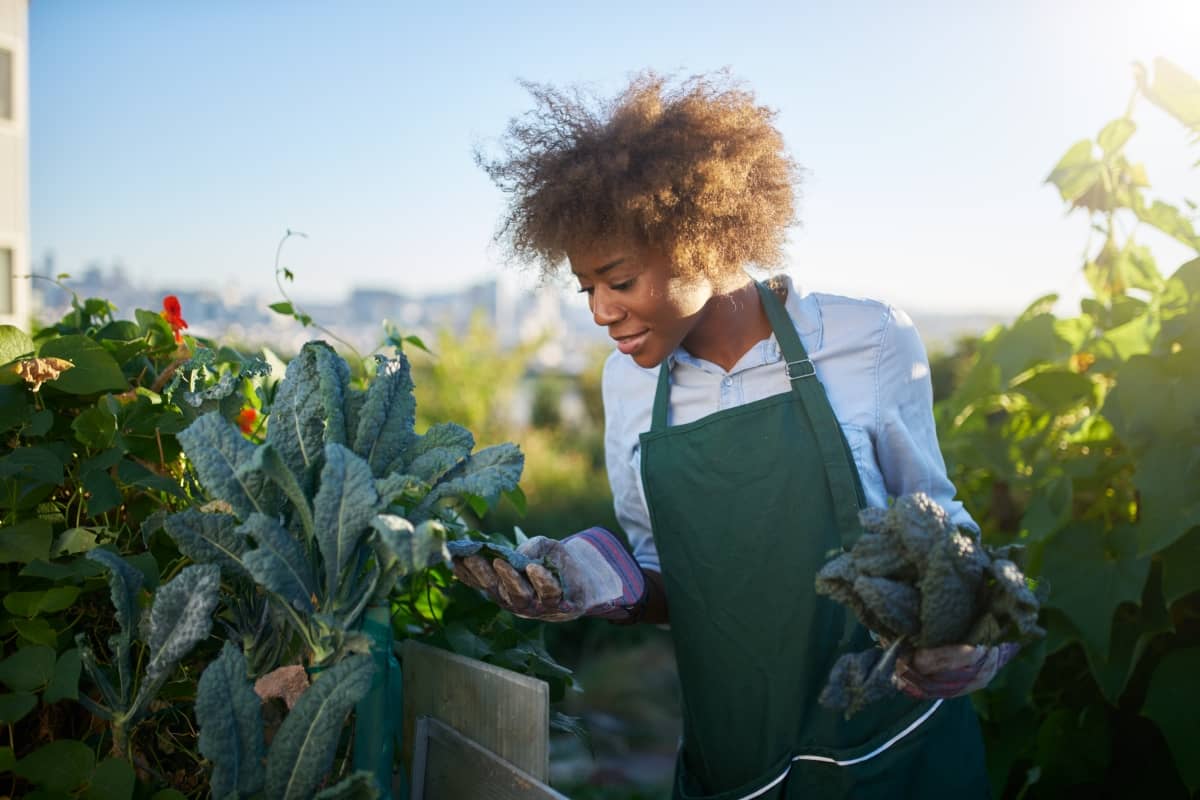In recent times, there has been a significant surge in the popularity of organic rooftop farming, particularly in urban regions with space constraints. This method of farming allows city dwellers to grow their organic produce right on their home terraces, utilizing minimal space efficiently. Not only does organic terrace gardening provide fresh produce, but it also contributes to a greener environment.

The cost of setting up an organic terrace farm can vary, but the investment often pays off in the long run with the yield of fresh, organic produce. Home terrace farming is a practical solution to urban food production challenges, promoting sustainability and healthier eating habits.
Organic Terrace Farming
Benefits of Organic Terrace Farming
Organic terrace farming offers a multitude of benefits, making it an increasingly popular choice among urban dwellers. One of the primary advantages is the ability to grow fresh, organic produce right at home, ensuring a steady supply of healthy food. This farming approach is especially advantageous for individuals interested in adopting a sustainable and eco-conscious lifestyle, as it minimizes the environmental impact linked to the transportation and packaging of food.
Additionally, organic terrace gardening can be a therapeutic activity, offering mental and physical health benefits. It also enhances the aesthetic appeal of urban spaces, contributing to better air quality and biodiversity.
Step-By-Step Guide to Setting up An Organic Terrace Farm
Setting up an organic terrace farm requires careful planning and execution. The first step is to assess the space available on your terrace and determine how it can be best utilized for farming. Next, it is crucial to check the structural strength of your terrace to ensure it can support the weight of soil and plants. Once this is confirmed, the next step is to select the right containers and soil mix for your crops.
Containers can range from traditional pots to recycled materials, offering a variety of options based on your space and budget. The soil blend should contain ample organic content to promote robust plant development. Setting up a proper drainage system is also essential to prevent waterlogging. After this, you can proceed to plant your seeds or seedlings, keeping in mind the sunlight and shade requirements of each plant.
Choosing the Right Crops for Organic Terrace Farming
Selecting the right crops is a critical aspect of successful organic terrace farming. It’s important to choose plants that are well-suited to the climatic conditions and the amount of sunlight available on your terrace. Vegetables like tomatoes, lettuce, and peppers are popular choices due to their adaptability and relatively easy maintenance.
Herbs such as basil, mint, and coriander can also thrive in terrace conditions and are useful for culinary purposes. For those with limited space, vertical farming techniques can be employed to grow climbing plants like beans and cucumbers. It’s also beneficial to rotate crops to maintain soil health and prevent pest infestations. Seasonal planting is another factor to consider, ensuring that plants are grown during their optimal growing periods for the best yield.
Irrigation Techniques for Organic Terrace Farming
Efficient irrigation is vital in organic terrace farming to ensure plants receive the right amount of water without wastage. Drip irrigation systems are highly effective for terrace gardens, as they deliver water directly to the roots of the plants, minimizing evaporation and runoff. Another option is the use of soaker hoses, which can be laid out across the garden to provide a steady, gentle water supply.
In case you missed it: How to Build a Trellis for Terrace Garden: DIY from Design Layout to Installation

For those seeking more traditional methods, hand watering with a watering can allow for targeted watering, though it can be more labor-intensive. It’s important to understand the water requirements of each plant and adjust the watering schedule accordingly. Applying mulch around plants aids in preserving soil moisture and lessens the necessity for frequent irrigation. Additionally, collecting rainwater can be a sustainable and cost-effective way to irrigate your terrace farm.
Organic Pest Control Methods for Terrace Farming
Managing pests organically is crucial in maintaining the health and productivity of a terrace farm. An efficient approach involves utilizing natural predators such as ladybugs and praying mantises that consume common garden pests. Companion planting is another strategy, where certain plants are grown together to repel pests naturally. For example, marigolds can deter nematodes, while garlic can ward off aphids.
Homemade remedies, such as neem oil sprays and soap solutions, can also be used to tackle pest infestations without harming the environment. Frequent plant inspections are crucial to detect pest and disease issues early, enabling timely intervention. Ensuring cleanliness and promptly eliminating diseased or infested plant material is essential to curb the spread of pests and diseases.
Soil Management in Organic Terrace Farming
Effective soil management is a cornerstone of successful organic terrace farming. The first step is to use a high-quality, nutrient-rich soil mix that can support plant growth. Regular testing of soil pH and nutrient levels can help in making necessary adjustments to ensure optimal plant growth. Crop rotation and intercropping can prevent soil depletion and reduce the risk of soil-borne diseases.
It’s also important to avoid soil compaction by minimizing foot traffic and using light tools. Utilizing cover crops or green manures in non-crop seasons can enhance soil fertility and mitigate erosion. Ensuring effective drainage is crucial to prevent waterlogged conditions that may negatively impact plant roots and soil aeration.
Maximizing Yield in Organic Terrace Farming
To maximize yield in organic terrace farming, it is important to optimize the use of space and resources. Implementing vertical farming techniques, such as trellises or stackable planters, can increase growing space and allow for more crops. Regular pruning and harvesting encourage plants to produce more, leading to a higher yield.
In case you missed it: How to Increase Yield in Terrace Gardens: Boost Terrace Farming Harvest with These Proven Strategies

Utilizing compost and organic fertilizers effectively guarantees that plants receive essential nutrients for their growth. Intercropping and succession planting can also maximize yield by allowing a continuous harvest of various crops throughout the year.
Challenges and Solutions in Organic Terrace Farming
Organic terrace farming, while beneficial, comes with its set of challenges, such as limited space, soil fertility management, and pest control. Space constraints can be addressed by using vertical gardening techniques and choosing crops that require less space. Soil fertility can be managed by incorporating organic compost and practicing crop rotation, which helps maintain nutrient balance.
Controlling pests within a limited area may pose challenges, but employing eco-friendly pesticides and natural predators can efficiently address the issue while maintaining environmental integrity. Another challenge is ensuring adequate sunlight and water for all plants, which can be managed by strategic placement of plants according to their sunlight needs and installing efficient irrigation systems. Regular monitoring and adapting to the changing needs of the terrace garden are key to overcoming these challenges.
Economic Viability of Organic Terrace Farming
While the initial investment for setting up a terrace garden can be significant, especially if one opts for high-quality soil, containers, and an irrigation system, the long-term benefits often outweigh these costs. Savings on grocery bills, especially for organic produce, can be substantial.
In case you missed it: The Best Fertilizer for Terrace Plants: When and How to Apply

Moreover, if managed efficiently, surplus produce can even be sold or bartered, providing an additional source of income or savings. The key to ensuring economic viability is to start small, use recycled or locally available materials, and gradually expand the garden as one gains more experience and confidence in managing it.
Conclusion
Organic terrace farming is a sustainable and rewarding practice, offering numerous benefits, from fresh produce to environmental enhancement. While it poses certain challenges, these can be overcome with strategic planning and effective management. Its economic viability makes it an attractive option for urban dwellers, contributing not only to their well-being but also to the larger goal of sustainable urban living. By embracing organic terrace gardening, individuals can play a significant role in promoting a healthier, more sustainable future.
- Feed Your Flock for Less: Top 10 Tips to Save on Chicken Feed
- Ultimate Guide to Ossabaw Island Hog: Breeding, Raising, Diet, and Care
- Hatching Answers: The Top 10 Reasons Your Chickens Aren’t Laying Eggs
- Eggs and Economics: Breaking Down the Cost of Raising Backyard Chickens
- Defend Your Greens: Proven Methods to Keep Iguanas Out of Your Garden
- Ultimate Guide to Cinnamon Queen Chicken: A Comprehensive Guide for Beginners
- Ultimate Guide to California Tan Chicken: Breeding, Raising, Diet, Egg-Production and Care
- Ultimate Guide to Marsh Daisy Chicken: Breeding, Raising, Diet, and Care
- 10 Types of Chicken Farming Businesses You Can Start for Profits